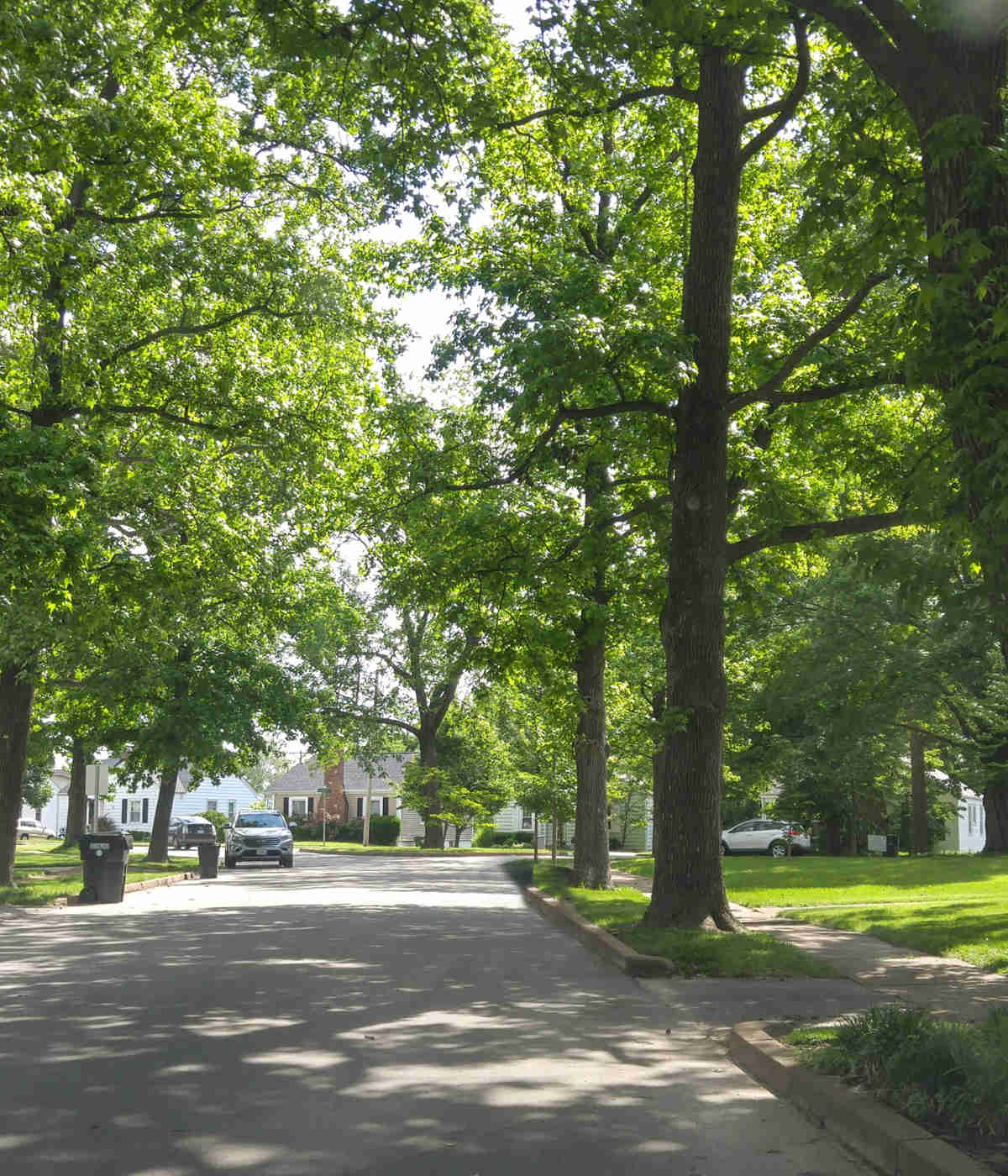Winters can be unpredictable in New England, from icy winds to heavy snows and deep freezes. Strong root systems are your trees’ best defense against Massachusetts winters.
But roots don’t grow in the winter; they do their work now. Fertilizing trees in Autumn is a proactive, science-backed approach to keep your trees in top shape before winter’s freeze. Like giving your trees a warm meal before a long, cold night, fall fertilization is fuel for survival.
Why Fall Is the Ideal Time to Fertilize Trees in Massachusetts
After stress from the summer heat, trees naturally shift energy below ground to boost root development. Cooler temperatures and rain create the perfect conditions for increased nutrient intake.
While fall may seem too late in the year for fertilizing, it’s the optimal time for deep root activity. In Massachusetts, late September through early November is an ideal time frame to fertilize your tree roots before the ground freezes. Unlike garden plants, trees are in it for the long haul and not just one season.
Benefits of Fall Tree Fertilization
Fall tree care in New England, especially fertilization, has many benefits to ensure your trees’ longevity. These include:
- Strengthening Tree Roots – A well- fertilized root system helps trees anchor to the ground against winter winds and heavy snow. This is especially vital for newly planted trees to help them establish.
- Improve Winter Stress Tolerance – Helps trees endure Nor’easters, salt sprays, and freeze-thaw cycles that often happen during New England winters. Fall fertilization also helps support trees stressed by the summer drought season or construction damage.
- Strengthens Disease Resistance – Trees with robust nutrition boosted by fall fertilization better withstand common Massachusetts winter challenges.
Choosing the Right Fertilizer for Your Tree Species & Soil
There are a wide variety of options when it comes to picking the best tree fertilizer for fall. You can pick fertilizers that release nutrients at different speeds, different fertilizer combinations, and more. Here are a few things to consider when picking fall fertilizer for trees:
- Slow vs. Fast Release – As their names suggest, slow-release fertilizers release small, steady amounts of nutrients over time. Fast-release fertilizers dissolve quickly, making nutrients instantly available to your tree. Slow-release fertilizers are better for long-term soil health.
- Get to Know Your Soil – Tree soil care in acidic soils that are common in Eastern Massachusetts has unique requirements. Make sure to test your pH before picking and applying fertilizers.
How Hartney Greymont Fertilizes Trees in New England
Tree fertilization services in Massachusetts can help remove the uncertainties of fall fertilization. Hartney Gremont’s team of professionals uses deep-root fertilization techniques and additives like humates, backed by soil nutrient analyses and plant healthcare plans, that deliver nutrients 4-8 inches below the surface where roots need it most and establish microbial activity in the soil.
Hartney Greymont services the Greater Boston, MetroWest, South Shore, and Cape areas.
Common Mistakes Massachusetts Homeowners Make (and How to Avoid Them)
Proper fertilization techniques are vital for getting the most out of your fertilizers. Here are a few common fertilizing mistakes and how to avoid them:
- Timing – Tree roots don’t stop functioning completely during the winter, but they do slow activity significantly. Fertilizing too close to the initial frost means your trees may not absorb the nutrients they need to survive winter.
- Skipping Soil Testing – Applying fertilizer with the wrong nutrient makeup may be detrimental to your tree’s health. Soil testing can ensure you’re purchasing and applying the fertilizer that will provide the correct amount of nutrients your tree needs.
- Incorrect Application – Applying fertilizer to trees that are already too stressed or diseased may hinder rather than help them. Trees that are stressed or diseased are already struggling to survive, and adding fertilizer to them forces them to use energy on new growth rather than recovery. If overapplied, fertilizer can draw water from tree roots, causing root burn that will result in crown damage later.
Fall Fertilization FAQs for Massachusetts Homeowners
Maples should be fertilized once or twice per year and prefer fertilizers that slowly release nitrogen into the soil over time while soil amendments help with overall tree and soil health.
Tree root absorption is most active between late August and early September for newly planted trees, making that the ideal time for fall fertilization.
Fall fertilization helps trees store nutrients for the winter, allowing them to become hardier and survive harsh conditions like wet winters and salt exposures. It can also help trees overcome latent issues like fungal infections that may be waiting for an opening.
Compost topdressing improves soil health while fertilizers provide a more concentrated dose of nutrients. Topdressing is excellent for improving soil structure, while fertilizing is more for boosting nutrients.
Fall is one of the best times for fertilization in Massachusetts. In the fall, you add nutrients to help your tree sustain during the winter.
At Hartney Greymont, we have local arborists in Needham, Concord, Danvers, Cape Cod, and the surrounding areas who can help determine your tree fertilization needs.
Avoid These Mistakes During Winter Prep



